State Guidance Released for K-12 Schools to Reopen
As schools across Wisconsin prepare to open their doors to students this fall, the Department of Public Instruction has released detailed recommendations for how to do so safely and mitigate the spread of COVID-19.
June 22, 2020
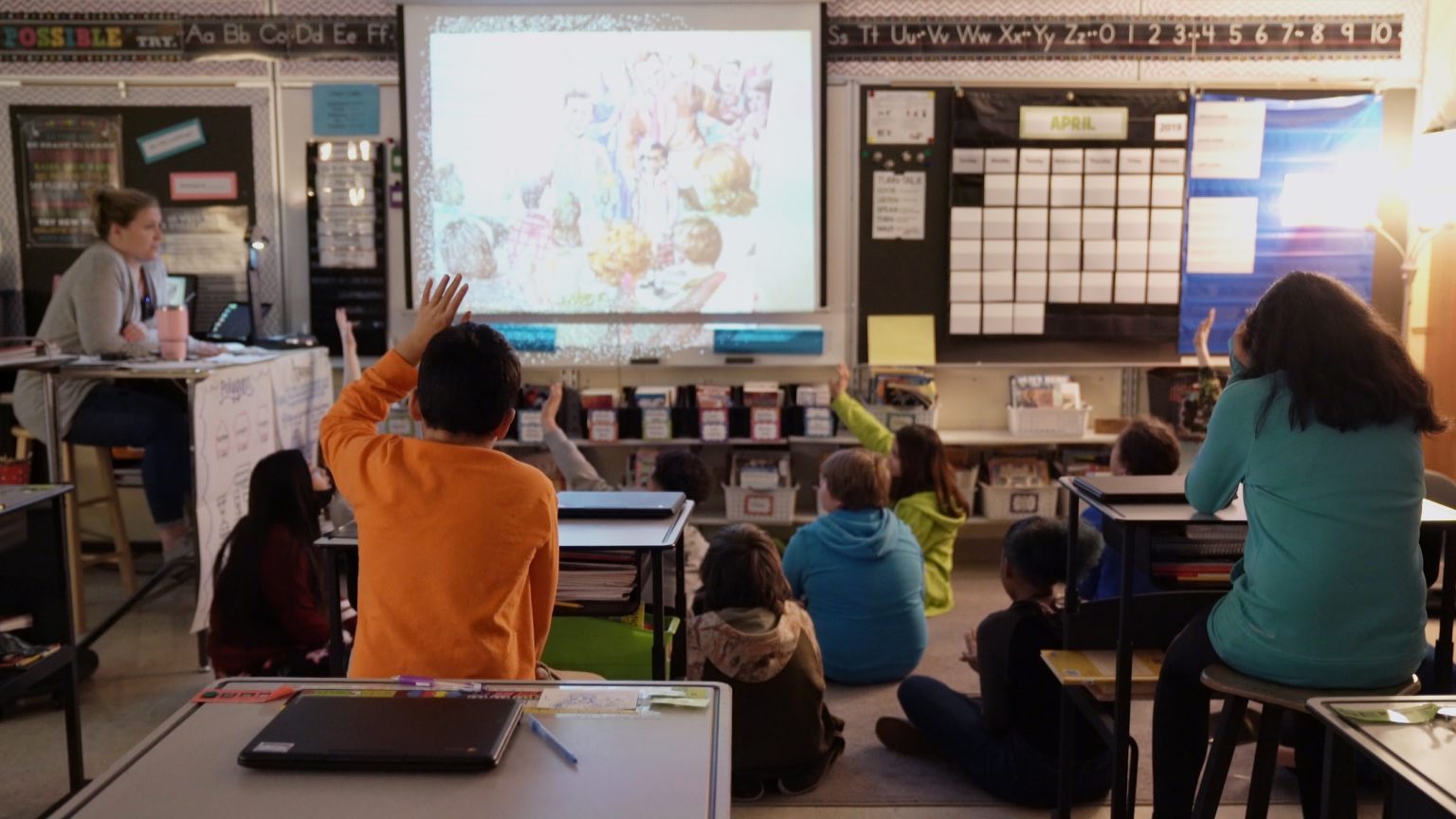
Children raise their hands in a Green Bay elementary school classroom.
The Wisconsin Department of Public Instruction released guidance Monday for how K-12 schools across the state will be able to reopen facilities in the fall for the 2020-21 school year as COVID-19 continues to spread throughout Wisconsin communities.
The 87-page document, called “Education Forward: Safely and Successfully Reopening Wisconsin Schools,” details recommendations for the state’s 421 school districts to consider how they will tailor the reopening process to fit the needs of their student population.
“While I expect schools to reopen this fall, they will undoubtedly look different,” said State Superintendent Carolyn Stanford Taylor.
The guidance is meant to serve as a navigational tool for districts, as some considerations vary greatly for districts across the state. Under Wisconsin law, DPI cannot mandate any procedures as districts have local authority over school operations.
Recommendations to prevent the spread of COVID-19 in schools include the use of face coverings, monitoring symptoms, lowering class sizes and planning for distancing people six feet apart, establishing an isolation area, having students make disinfecting their areas a part of their regular routine and more.
Schools are to also consider staggering arrival and dismissal times, alternating days when students are in the building to maintain 50% capacity, and partnering with outside organizations to assist in providing additional instructional space.
It will be up to schools partnering with their local public health department to determine timelines for when students or staff who have tested positive or shown symptoms of the virus can return to in-person instruction. Additionally, the guidance says schools should stay in close communication with local health officials to aid in contact tracing work after a student or staff member tests positive.
A number of different learning models are outlined that provide administrations with ideas for how to create hybrid learning environments that include in-person instruction, physical distancing and virtual learning from home. All of the models suggest moving to four-day school weeks so that one day per week all facilities can be deep cleaned.
Students and staff who are considered higher-risk, have underlying health conditions or live in a home with someone high-risk, will be able to work from home if they’re not comfortable re-entering school facilities.
Despite classrooms opening back up, the guidance acknowledges that COVID-19 is still spreading and speaks to the possibility that changing public health factors will influence how instruction will occur. Districts will work with local public health departments to monitor any outbreaks.
“A second wave of infections could result in site, district, county-wide or regional school closures, in which case instructional models must be able to accommodate shifts between in-person and virtual learning,” according to the Education Forward plan.
Educators are also being urged to consider how COVID-19 has disproportionately impacted different racial and ethnic communities, particularly Black, Native and Hispanic populations.
“The COVID-19 pandemic has exacerbated the inequities existing in Wisconsin,” Stanford Taylor said. “As we look to address these inequities and the planning around the pandemic, the DPI is focused on providing school districts with the necessary supports and regulatory relief to pursue innovative strategies to ensure equitable access to learning.”
According to the Centers for Disease Control, data shows that deaths amongst Black and Hispanic populations were “substantially higher” than those of white populations.
The Education Forward plan recommends school districts consider providing additional mental health resources for students as “fear, loss and isolation” are increased social-emotional stressors during the pandemic.
DPI stated that their guidance for conducting instruction safely will be continuously updated as more information about the SARS-CoV-2 virus and advice from public health experts becomes available.
 Passport
Passport




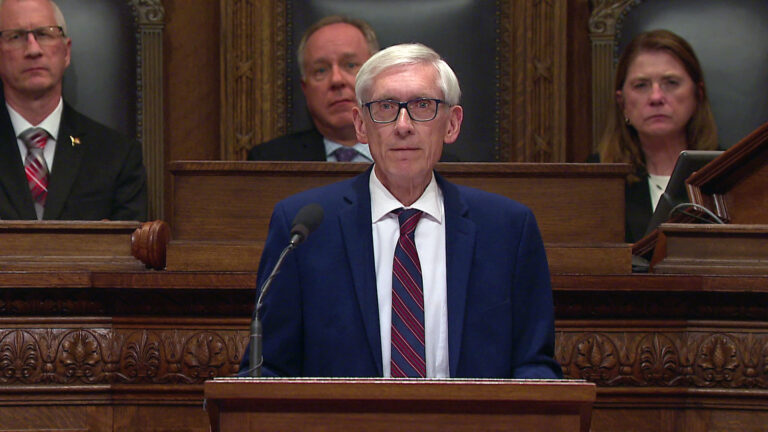
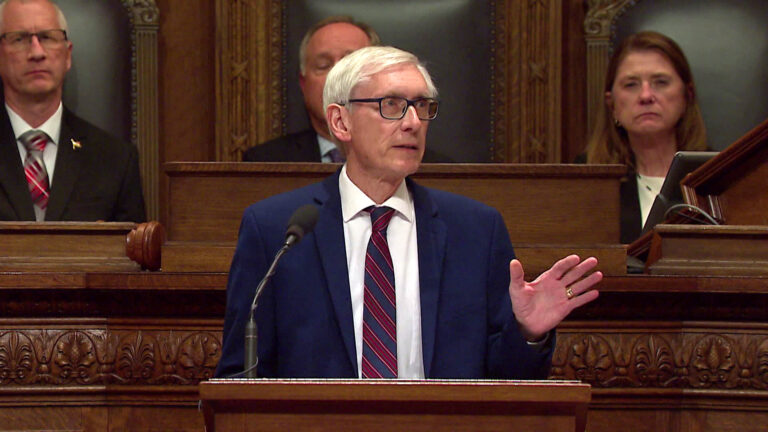

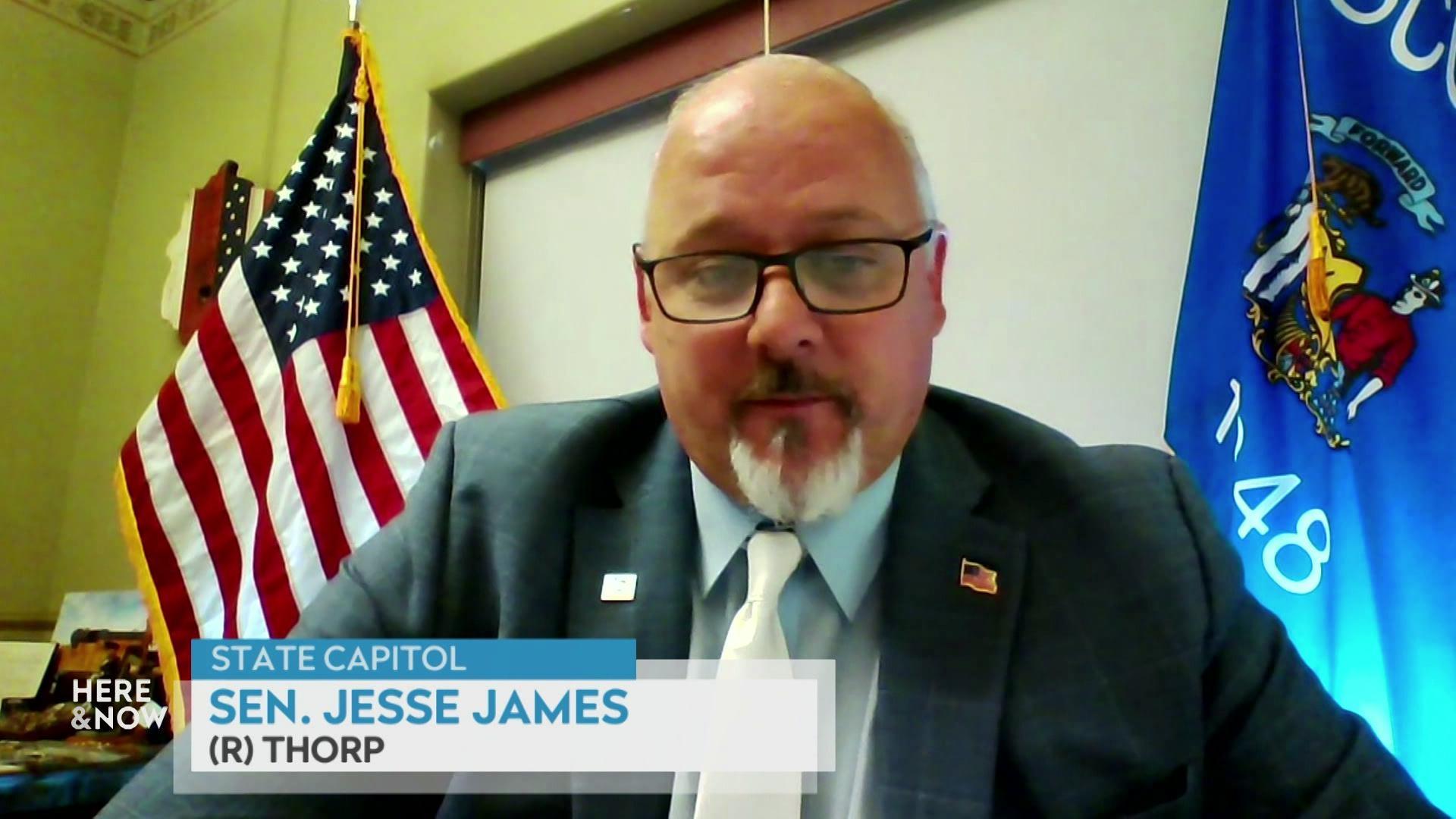
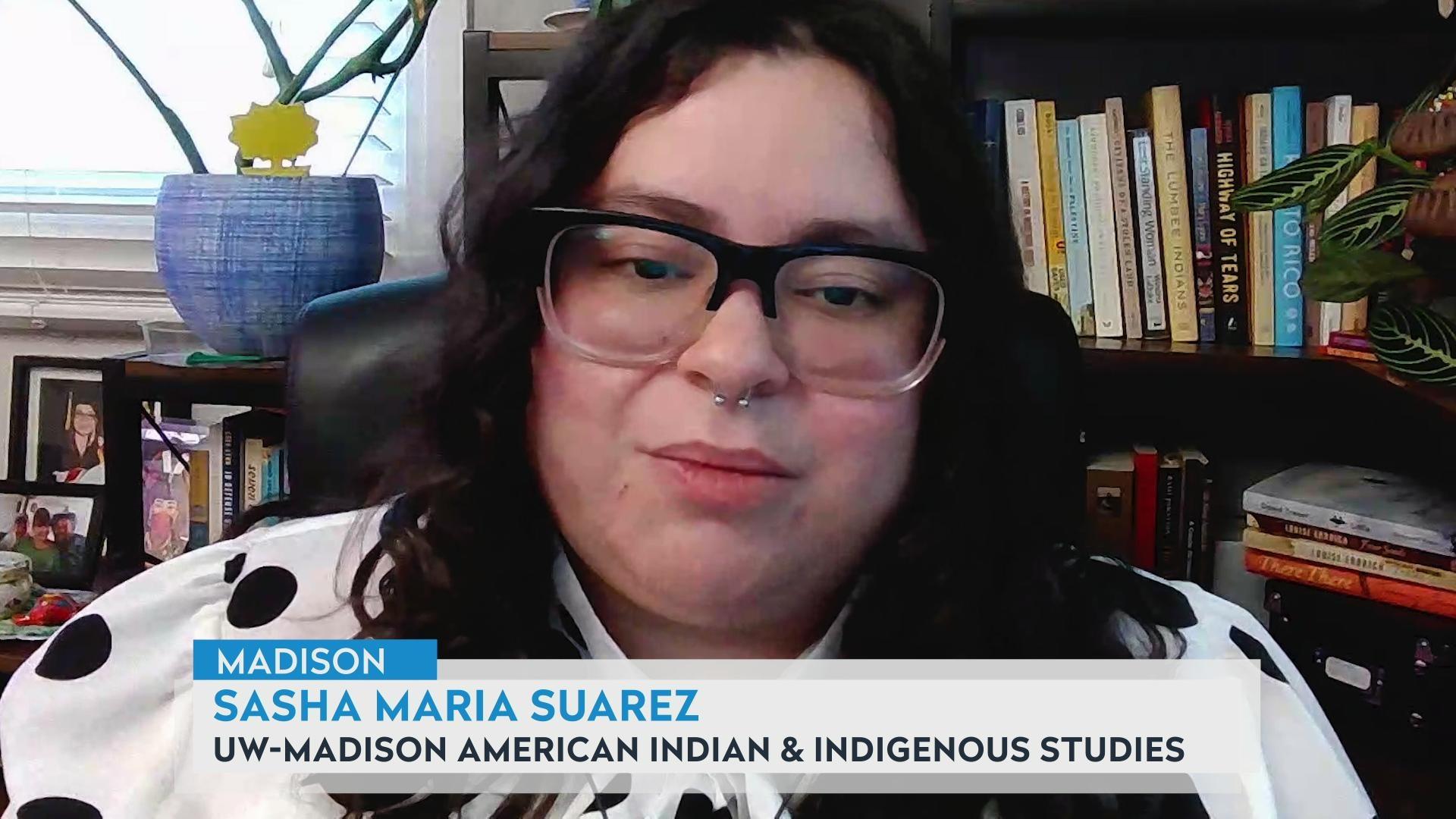


Follow Us